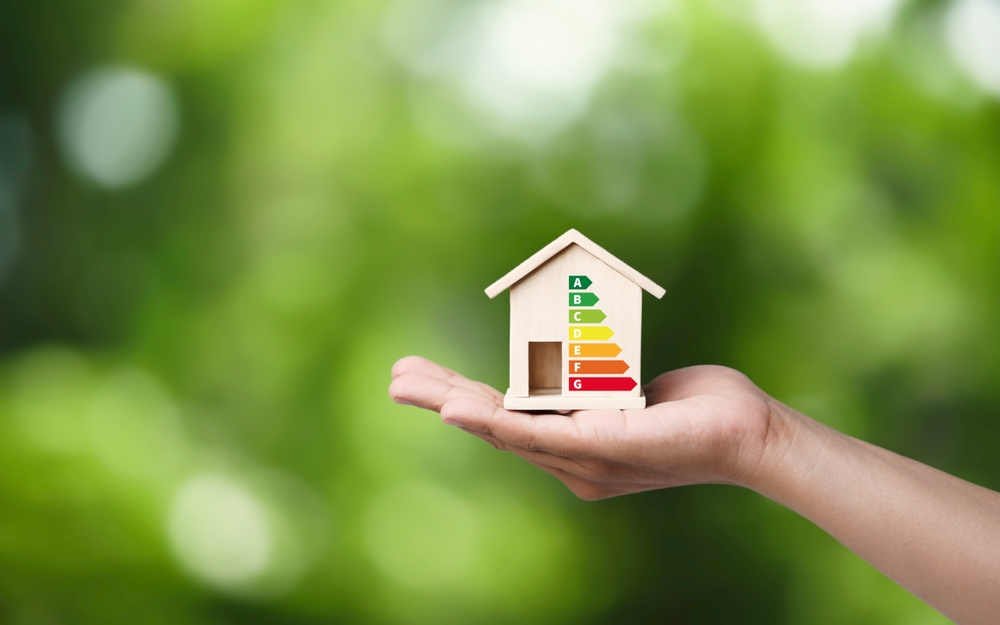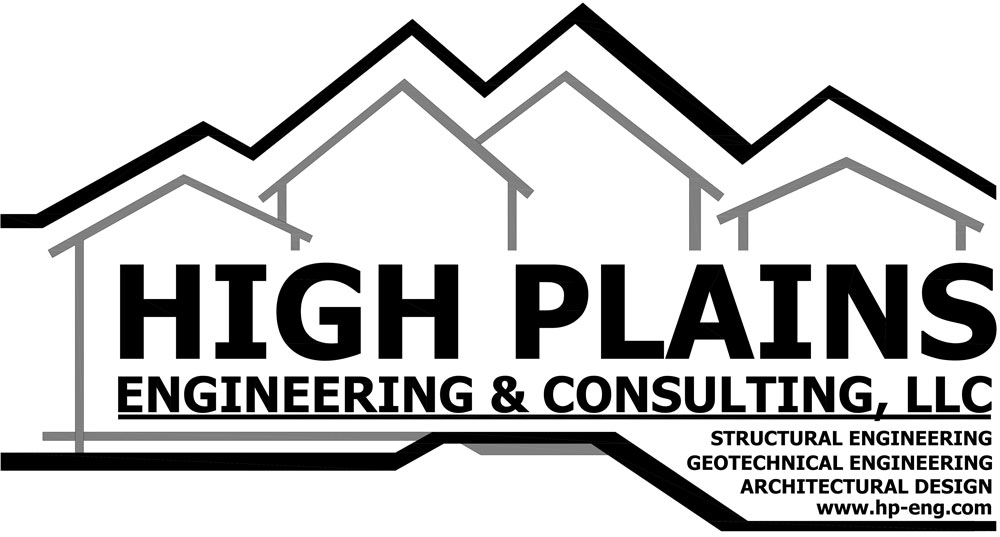
Battling the Elements: Understanding Thermal Envelope Issues in Buildings
The thermal envelope is a critical component in any building, serving as the boundary between the interior space and the external environment. It plays a significant role in ensuring the comfort of occupants while optimizing energy efficiency. Understanding the thermal envelope and addressing potential issues within it can lead to a more sustainable and cost-effective building. However, like many systems within a building, the thermal envelope faces a number of challenges, such as air leaks, thermal bridging, and improper insulation. These issues, though common, can have a profound impact on both energy consumption and the overall durability of a structure. In this blog, we will explore the challenges of the thermal envelope in buildings and discuss solutions for improving its performance.
The Role of the Thermal Envelope in Energy Efficiency
At its core, the thermal envelope is responsible for regulating the flow of heat between the interior and exterior of a building. It is typically composed of walls, windows, doors, ceilings, floors, and the roof, all of which are designed to maintain a controlled environment inside. When designed and constructed properly, the thermal envelope ensures that indoor temperatures remain consistent despite fluctuations in the outdoor climate. It also plays a major role in controlling the movement of moisture and air, which can have a direct impact on indoor air quality and comfort.
In terms of energy efficiency, a well-constructed thermal envelope reduces the need for heating and cooling systems to compensate for temperature changes, thus reducing energy consumption. For example, in colder climates, proper insulation in the thermal envelope helps keep heat inside, while in warmer climates, it prevents excess heat from entering the building. When there are gaps or weaknesses in the thermal envelope, energy efficiency is compromised, leading to higher utility costs and a less comfortable indoor environment.
Common Thermal Envelope Problems in Buildings
Buildings are often subject to a variety of issues that compromise the performance of their thermal envelope. These problems can be complex and sometimes difficult to identify, especially in older buildings. One of the most common thermal envelope problems is inadequate or improperly installed insulation. Insulation is essential for preventing heat transfer, and if it is not installed correctly or has deteriorated over time, it can create cold spots or areas of heat loss, leading to inefficient energy use.
Another significant problem is air leaks. Air leaks occur when there are gaps, cracks, or holes in the building envelope, allowing outdoor air to enter and indoor air to escape. This can happen around windows, doors, electrical outlets, and other penetrations in the envelope. Even small air leaks can have a significant impact on heating and cooling efficiency, as they force the HVAC system to work harder to maintain the desired indoor temperature.
Thermal bridging is another common issue. This occurs when materials with high thermal conductivity, such as metal or concrete, penetrate the thermal envelope and allow heat to flow through them, bypassing the insulating layers. Thermal bridges can cause significant heat loss in the winter and unwanted heat gain in the summer, which can increase energy costs and negatively affect indoor comfort.
Identifying and Addressing Thermal Envelope Weaknesses
Detecting issues with the thermal envelope can sometimes be challenging, but there are a few methods that can help identify weaknesses. One of the most effective tools is an infrared thermography scan. This technology allows professionals to detect temperature variations on the surface of walls and ceilings, highlighting areas of poor insulation or air leakage. Additionally, a blower door test can measure the airtightness of a building by creating a pressure differential, which reveals any unwanted air leaks within the thermal envelope.
Once the issues have been identified, there are several strategies for improving the performance of the thermal envelope. First and foremost, improving insulation is often the most effective solution. This may involve adding more insulation to walls, attics, and floors or replacing outdated or damaged insulation materials. In some cases, it may be necessary to install advanced insulation systems, such as spray foam or rigid foam boards, which offer superior thermal resistance and air-sealing properties.
Addressing air leaks is another critical step in improving the thermal envelope. This can be done by caulking and sealing gaps around windows, doors, vents, and other openings. Weatherstripping is an easy and affordable solution for sealing doors and windows, while foam sealant or expanding spray foam can be used to fill larger cracks and holes. In some cases, it may also be necessary to replace windows or doors that have degraded over time, as these can be significant sources of air leakage.
To mitigate thermal bridging, one of the most effective strategies is the use of thermal breaks. A thermal break is a material that reduces the transfer of heat through the building envelope. In walls, for instance, thermal breaks can be installed in the framing system to prevent the direct transfer of heat through metal studs or other conductive materials. Additionally, advanced construction methods, such as exterior insulation and finish systems (EIFS), can help minimize the impact of thermal bridging by adding a continuous layer of insulation to the exterior of the building.
Strategies for Improving the Thermal Envelope’s Performance
Improving the thermal envelope’s performance requires a holistic approach that considers all aspects of the building’s design and construction. The first step in improving thermal performance is ensuring that the insulation is both adequate and properly installed. This includes making sure that there are no gaps or voids in the insulation material and that it is applied uniformly throughout the building. Additionally, the right type of insulation must be selected based on the climate, the building’s energy needs, and local building codes.
Next, addressing the building’s air tightness is crucial. Many buildings suffer from excessive air leakage, which leads to drafts and discomfort for occupants. Sealing air leaks not only improves comfort but also prevents moisture infiltration, which can lead to mold and structural damage. A well-sealed building also helps maintain indoor air quality by reducing the infiltration of pollutants and allergens.
Thermal bridging, as mentioned earlier, can significantly compromise a building’s energy efficiency. One of the most effective ways to combat this issue is through the installation of continuous exterior insulation. This type of insulation wraps around the entire building, providing a barrier to heat transfer and reducing the likelihood of thermal bridges forming. Additionally, choosing framing materials with lower thermal conductivity can help minimize thermal bridging at key points in the building envelope, such as around windows and doors.
Finally, ventilation must be considered when improving the thermal envelope’s performance. While airtightness is important for energy efficiency, it is equally important to maintain proper ventilation to ensure healthy indoor air quality. Mechanical ventilation systems, such as heat recovery ventilators (HRVs) or energy recovery ventilators (ERVs), can provide controlled ventilation while minimizing heat loss. These systems help balance the need for fresh air with the desire to maintain energy efficiency.
The Future of the Thermal Envelope in Building Design
As the building industry continues to evolve, so too does the understanding of the thermal envelope and its role in creating energy-efficient and sustainable structures. New materials and technologies are constantly being developed to improve the performance of the thermal envelope. For instance, high-performance insulation materials, such as aerogel and vacuum insulation panels, offer greater thermal resistance while being thinner and more lightweight than traditional insulation materials. Additionally, advancements in building design, such as passive house standards, focus on creating ultra-efficient buildings with extremely high-performing thermal envelopes.
One of the key trends in the future of the thermal envelope is the integration of smart technologies. Building automation systems that monitor temperature, humidity, and energy use can help optimize the thermal performance of the envelope in real time. For example, smart thermostats can adjust heating and cooling systems based on occupancy patterns, while sensors can detect air leaks and trigger automatic sealing mechanisms.
As awareness of climate change and energy efficiency grows, there is also a push for buildings to become more energy-independent. The thermal envelope plays a significant role in achieving net-zero energy buildings, which generate as much energy as they consume. In this context, improving the thermal envelope is not only an energy-saving measure but also an essential step toward building a more sustainable future.
Conclusion
Understanding the thermal envelope is crucial for addressing common building issues such as insulation problems, air leaks, and thermal bridging. By identifying these issues and taking proactive steps to improve the thermal envelope’s performance, building owners and managers can significantly enhance energy efficiency, reduce operating costs, and improve occupant comfort. As technology advances, the future of building thermal envelopes looks promising, with new materials, smarter designs, and innovative solutions that will continue to push the boundaries of energy-efficient construction. By focusing on the thermal envelope, we can create buildings that are more resilient, sustainable, and energy-efficient in the face of changing environmental conditions.
Need Engineers and Designers in Hudson, CO?
Since 2006, High Plains Engineering & Consulting, LLC has been a civil and structural engineering company in Fort Lupton and the surrounding areas. We provide sensible solutions to geotechnical, structural, environmental, and civil engineering challenges. Our office provides practical expertise backed by diverse design resources to get the job done cost-effectively and efficiently with sustainability in mind. We offer various services for commercial, residential, and agricultural properties like soil testing, percolation testing, and foundation and septic design for new construction. Once that is taken care of we also offer services for floor framing, garage plans, house plans, site plans, and inspection services. Call us today for an appointment!
Categorised in: Thermal Envelope

 HPEC is an active member of CAGE
HPEC is an active member of CAGE